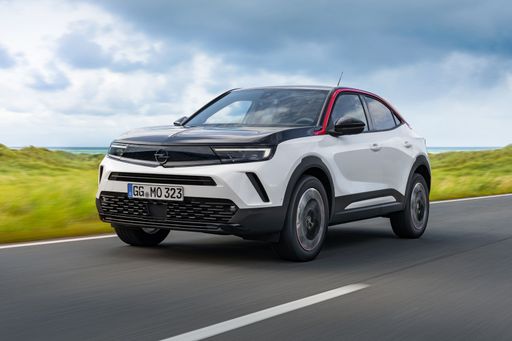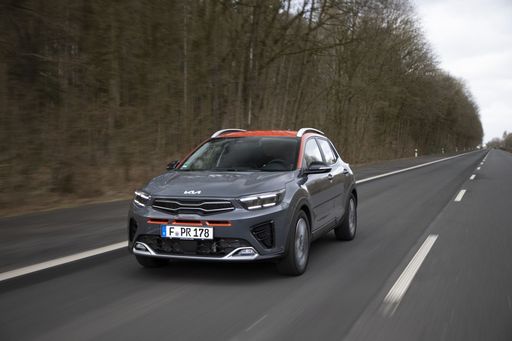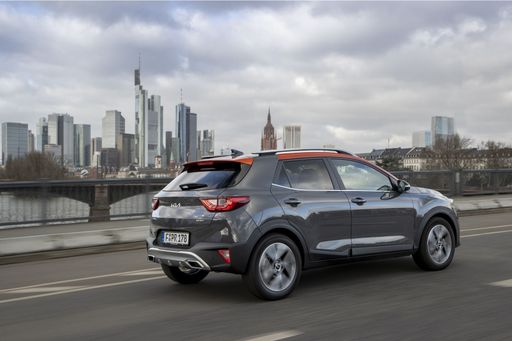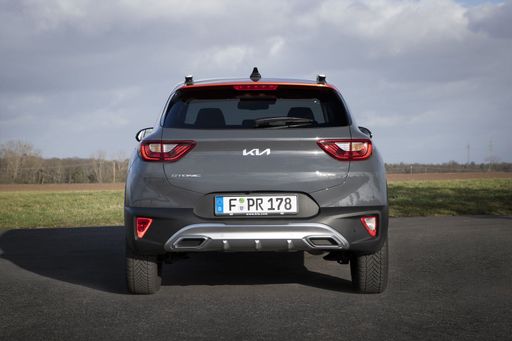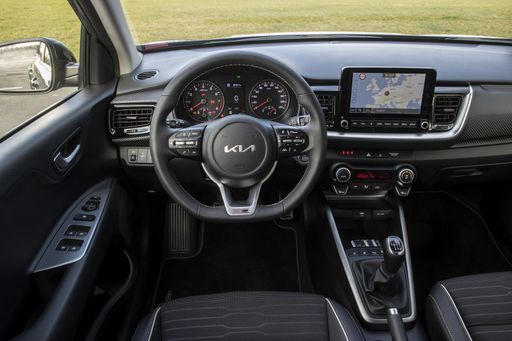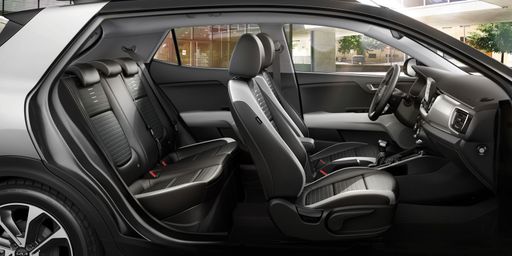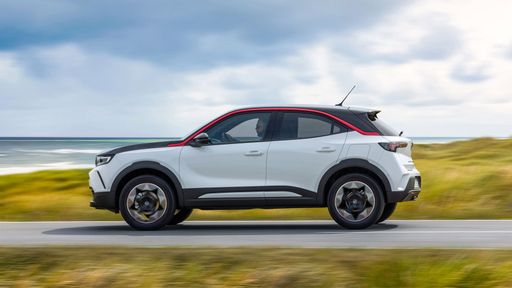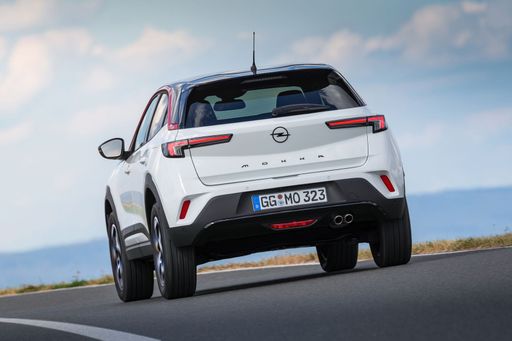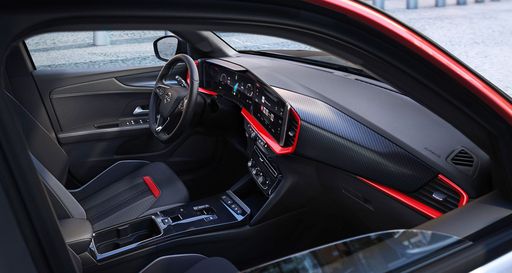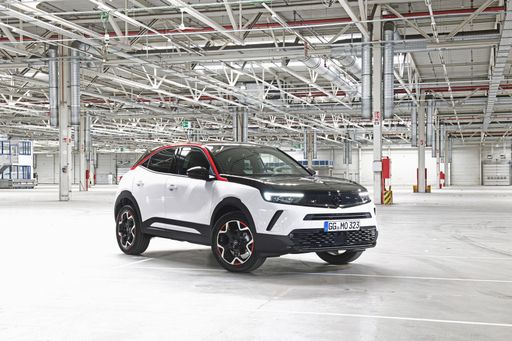Overview: Kia Stonic vs. Opel Mokka
The automotive market has seen a shift towards compact SUVs, with consumers increasingly seeking vehicles that provide versatility, comfort, and efficiency. In this competitive segment, the Kia Stonic and Opel Mokka stand out as two compelling choices. Both models offer unique features, innovative technologies, and a stylish exterior, but how do they stack up against each other? Let’s dive into the details and compare these two promising SUVs.

